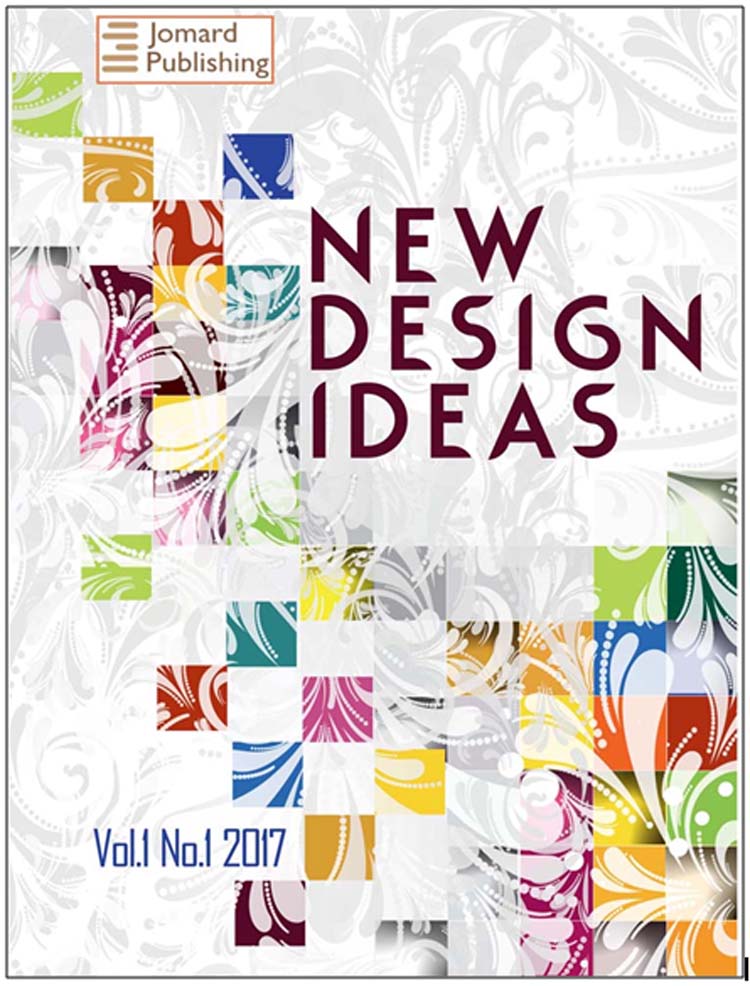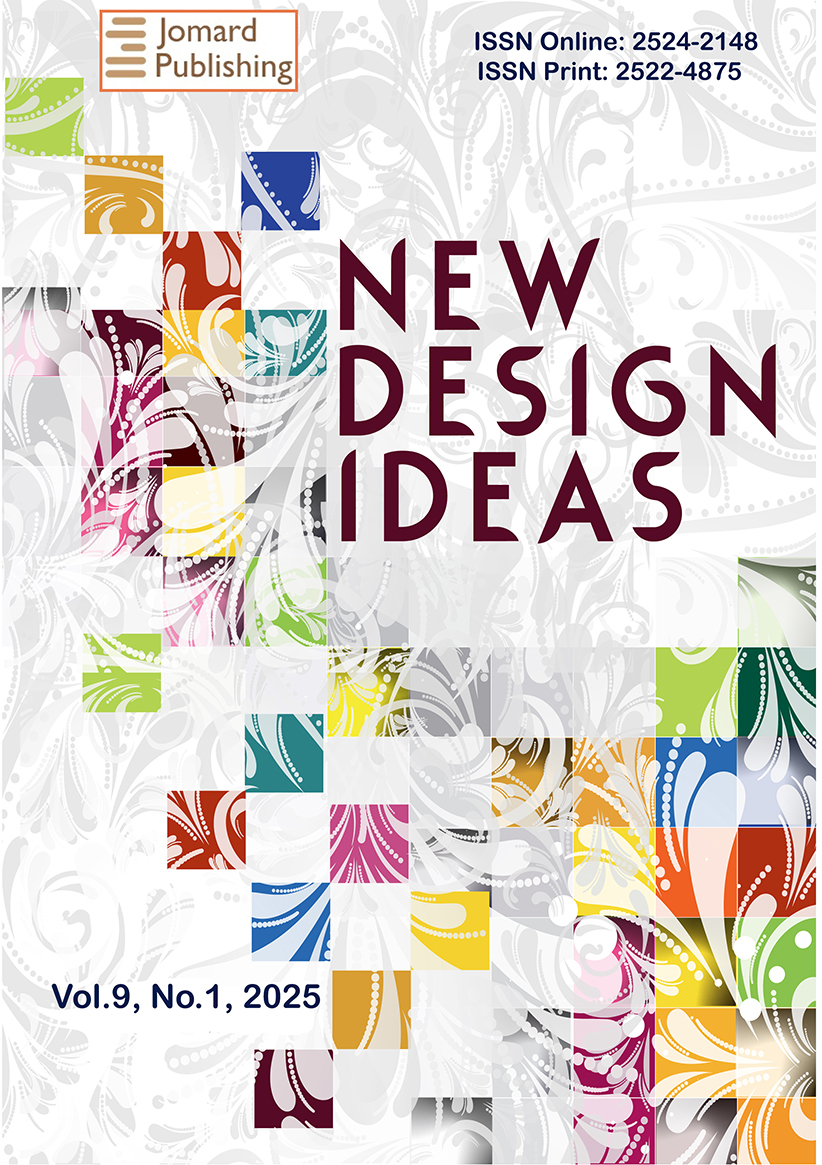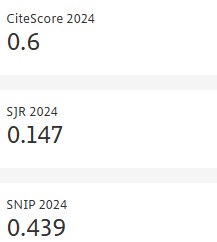USE OF ARTIFICIAL INTELLIGENCE AND PROMPT LITERACY IN ARCHITECTURAL EDUCATION
- Published: 02-04-2025
Share
Generative artificial intelligence (GenAI) models are mostly text prompt tools trained with natural language models and can produce fast visuals. This article includes applications designed to investigate the role and contributions of GenAI models, which have become widespread in many fields of design applications. The designer's role in the visual production process made with these tools differs from traditional production techniques. The study is designed to discuss the role of GenAI models in design processes, their contributions and their disadvantages. A master-level course, “Principles of Digital Design and Fabrication in Architecture” (PDDFA), offered by the Gazi University Architecture Program, was examined as a teaching experiment. A total number of six graduate students have participated in the course. During a semester, texts selected from the novel “Alice in Wonderland” were visualized using three different methods: analog collage, digital collage and AI-assisted design. While visual products provided quantitative data for evaluation, experiences were listed and the study's qualitative data was created. Following this two-stage data accumulation, student experiences were measured with a survey. Student experiences were measured with visual data and parameters that are effective in production, such as size, style, AI model, prompt content, prompt guidance and survey questions. It was concluded that product quality depends on criteria such as writing skill, abstract/concrete prompt content and competence of the AI tool.
- View 1276
- Downloads 372
- Saveds 0
- Citations (Crossref) 0


